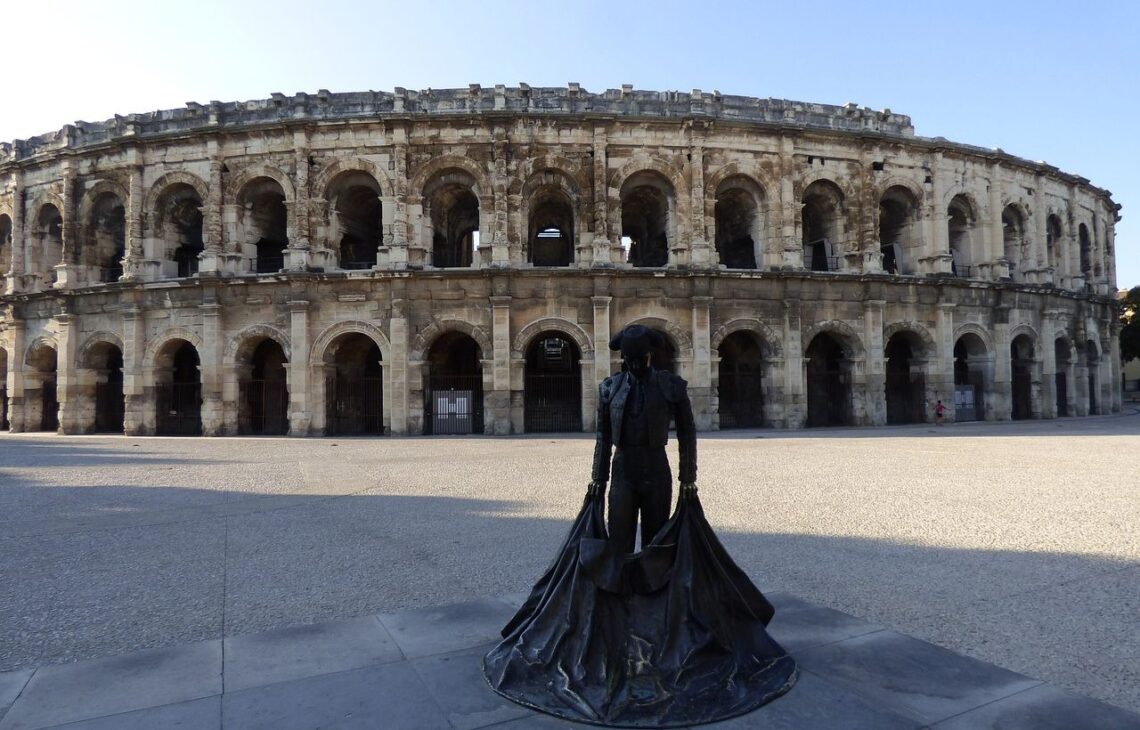
The rules and regulations of Madrid bullfighting and how they have evolved
Bullfighting has been a traditional and cultural event in Spain for centuries, and Madrid is one of the most important cities in the country when it comes to this spectacle. In this article, we will explore the rules and regulations of Madrid bullfighting and how they have evolved over time.
Origins of Madrid Bullfighting
Bullfighting has its roots in ancient times, where the practice was a religious ritual involving animal sacrifice. Over time, this practice evolved into a sport, with rules and regulations emerging to govern the conduct of the bullfight. The modern form of bullfighting, known as corrida, has its origins in the 18th century in Spain.
Madrid is one of the most important cities in the world for bullfighting, and the bullring in Madrid, known as the Las Ventas Bullring, is considered to be one of the most prestigious in the world. The bullring was inaugurated in 1931 and has a capacity of around 25,000 spectators.
The Rules and Regulations of Madrid Bullfighting
In Madrid bullfighting, there are strict rules and regulations that govern the conduct of the bullfight. These rules are designed to ensure the safety of the bullfighters, as well as the welfare of the bulls.
- The Bull
The bull is the centerpiece of the bullfight, and its welfare is of paramount importance. Before the bullfight begins, the bull is examined by a veterinarian to ensure that it is fit to fight. If the bull is found to be unfit, it is not allowed to participate in the bullfight.
- The Bullfighter
The bullfighter, or matador, is the main protagonist of the bullfight. The matador is responsible for killing the bull, and this is considered the climax of the bullfight. The matador wears a traditional costume consisting of a jacket, pants, and a hat, and carries a sword and a red cape.
- The Picadors
The picadors are horseback riders armed with a lance. Their role is to weaken the bull by lancing it in the neck and shoulders. This is done to ensure that the bull is not too strong when it comes time for the matador to kill it.
- The Bandarilleros
The bandarilleros are bullfighters who place banderillas, or barbed sticks, in the bull’s neck. This is done to further weaken the bull and to provide an additional challenge for the matador.
- The Tercio de Muerte
The tercio de muerte, or third of death, is the final phase of the bullfight. During this phase, the matador attempts to kill the bull with a single sword thrust to the heart. If the matador is successful, he is awarded the bull’s ear or ears as a trophy.
- The President
The president of the bullfight is responsible for overseeing the event and ensuring that the rules and regulations are followed. The president also has the power to award trophies to the matadors and to stop the bullfight if he deems it necessary.
Evolution of Madrid Bullfighting Regulations
Over time, the rules and regulations of Madrid bullfighting have evolved to reflect changing attitudes towards the sport. In recent years, there has been growing concern about the welfare of the bulls and the safety of the bullfighters.
In 2010, the city of Barcelona banned bullfighting, becoming the first major city in Spain to do so. The ban was based on concerns about animal welfare and cruelty. However, bullfighting is still legal in most parts of Spain, including Madrid.
In response to concerns about animal welfare, some bullrings in Spain have adopted new rules to protect the bulls. For example, some bullrings now require the use of blunted lances during the tercio de varas (the phase where the picadors lance the bull), to reduce the pain and suffering of the bull. Other bullrings have also introduced shorter bullfights, with fewer rounds, to minimize the stress on the bulls.
In addition to changes aimed at protecting the bulls, there have also been changes to improve the safety of the bullfighters. For example, bullfighters are now required to wear protective vests to reduce the risk of injury.
Despite these changes, bullfighting remains a controversial sport, with many people around the world calling for it to be banned. Critics argue that bullfighting is cruel and inhumane, and that it has no place in modern society.
Conclusion
Madrid bullfighting is steeped in tradition and history, and the rules and regulations that govern the sport have evolved over time to reflect changing attitudes towards animal welfare and safety. While bullfighting remains legal in most parts of Spain, there is growing concern about the welfare of the bulls and the safety of the bullfighters. As such, it is likely that we will continue to see changes to the rules and regulations of bullfighting in the years to come.